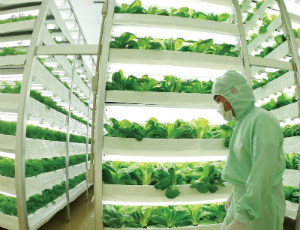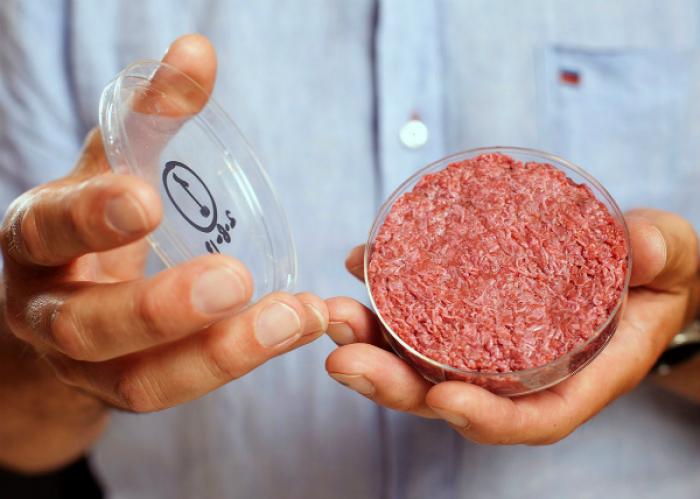 Dear readers, Catholic Online was de-platformed by Shopify for our pro-life beliefs. They shut down our Catholic Online, Catholic Online School, Prayer Candles, and Catholic Online Learning Resources essential faith tools serving over 1.4 million students and millions of families worldwide. Our founders, now in their 70's, just gave their entire life savings to protect this mission. But fewer than 2% of readers donate. If everyone gave just $5, the cost of a coffee, we could rebuild stronger and keep Catholic education free for all. Stand with us in faith. Thank you. Help Now >
Dear readers, Catholic Online was de-platformed by Shopify for our pro-life beliefs. They shut down our Catholic Online, Catholic Online School, Prayer Candles, and Catholic Online Learning Resources essential faith tools serving over 1.4 million students and millions of families worldwide. Our founders, now in their 70's, just gave their entire life savings to protect this mission. But fewer than 2% of readers donate. If everyone gave just $5, the cost of a coffee, we could rebuild stronger and keep Catholic education free for all. Stand with us in faith. Thank you. Help Now >
AGRICULTURAL REVOLUTION 2.0 - How everything you eat is about to change forever. Say goodbye to farmers and ranchers!
FREE Catholic Classes
In about a decade or so, your food is going to be a lot different. For the first time since humans began farming and ranching, the way we grow and produce food is about the change --dramatically. Farmers and ranchers, your days are numbered.

Vertical farms already exist on small scale, but their popularity is catching on and rapid expansion and development is expected within the next decade.
Highlights
CALIFORNIA NETWORK (https://www.youtube.com/c/californianetwork)
1/6/2017 (8 years ago)
Published in Green
Keywords: agriculture, Neolithic Revolution, food, farms, ranches, produce, cultured meat, vertical farms, GMO
LOS ANGELES, CA (California Network) -- Around 10,000 B.C., our ancestors changed the way they ate and thereby changed the world. Before that time, our ancestors were forced to hunt and gather for their food. This meant people lived in small wandering bands, probably not exceeding 200 people. Their only job was to find their next meal, a laborious process that often required lengthy periods of walking and running.
Around 10,000 B.C., our ancestors figured out they could domesticate animals and crops. They learned how to plant and harvest. These advancements were so incredible, historians dubbed the change the "Neolithic Revolution."
It changed everything. With the need to chase their next meal eliminated, humans were able to settle down and build villages, towns and eventually cities. Labor was divided among the people, religion flourished and bureaucracy developed.
For 12,000 years or more, this is the way the world has worked, thanks entirely to farming and ranching. Even today, wars are fought over control of lands that produce food. Much of the land area on our planet is dedicated to growing food.
But all this is about to change again, right before your eyes.
In the next decade, what you eat will change. The first change has already arrived, vertical farming.
Farming is about to move from rural farms to tall factories called vertical farms. These factories are not run by farmers, but by industrialists who grow greens instead of forge steel. Tall racks, several stories high, are filled with soil, or a soil substitute, planted and watered. The racks rotate, and a new crop is harvested every day. This means produce will be grown year-round, under controlled conditions, using a minimum of resources. This will reduce food costs by improving efficiency and increasing supply.
At the same time farming moves indoors, so too will ranching. In fact, ranching will undergo the greatest change as we move from growing live animals to simply growing their meat in an industrial setting.
Scientists have developed what is called "cultured meat." Cultured meat is real meat, grown from stem cells of an actual animal, in a laboratory. The meat is real, but it is grown outside of a living animal, probably in a special tray or vat. At present, the process is difficult and expensive but it's developing. Hamburger patties and meatballs have already been grown, cooked and tsted. There are problems with flavor and texture, but these will be overcome.
Several startups as well as Tyson Foods have started to pour money into the development of this new source of protein.

Cultured meat, grown in a lab and not on an animal, is in development. The product is not ready for market, but it should in in about a decade or so. Cultured meat will be much healthier and much cheaper than ranched meat.
The cost savings are huge. If meat can be grown in a factory, ranchers will not need millions of acres of land. A lot less water can be used. Feed will not be needed, although a synthetic replacement will be required.
As an added benefit, the meat can be genetically altered to govern its characteristics, such as fat content. It also eliminates the need for additives such as antibiotics and other drugs often administered to ranched animals. The cost of cultured meat will be far below the cost of ranch-raised meats, and ranched meat will become an expensive delicacy.
The third and final major change in our food supply will be the development and use of genetically modified organisms, often referred to as GMOs. While GMOs have been the subject of controversy, they are here to stay. Most of our foods are already genetically modified. As food production moves from the farm to the factory, and genetic modification becomes easier, its use will expand. Like it or not, the food of the near future will not be like the food of the recent past.
The timeline for these changes is very short. Vertical farms are already in use and should catch on quickly. GMOs are already in widespread use. And cultured meats are between five years to a decade away, and it may take 20 years before the product is perfected and becomes competitive with ranched meats. But the incentive to make the change is massive, so investment and development are accelerating.
Perhaps the greatest question of all is how will consumers feel about these changes? Vertically farmed vegetables are already being consumed without complaint. GMOs are also widely consumed although there is some pushback from consumers who fear they are unsafe. Such controversy will probably persist, but the new foods will enter the market anyway. The greatest hurdle is faced by cultured meats, which will be faced with skepticism by consumers who might not trust meat grown in a lab. However, competitive pricing, marketing, and time will ensure cultured meats become the norm of the future.
Today, we look at 10,000 B.C. as a time of dramatic change for humanity. It now appears that the early 21st century will be seen in much the same way.
--- The California Network is the Next Wave in delivery of information and entertainment on pop culture, social trends, lifestyle, entertainment, news, politics and economics.
We are hyper-focused on one audience, YOU, the connected generation.
JOIN US AS WE REDEFINE AND REVOLUTIONIZE THE EVER-CHANGING MEDIA LANDSCAPE.
Join the Movement
When you sign up below, you don't just join an email list - you're joining an entire movement for Free world class Catholic education.
-

- Easter / Lent
- Ascension Day
- 7 Morning Prayers
- Mysteries of the Rosary
- Litany of the Bl. Virgin Mary
- Popular Saints
- Popular Prayers
- Female Saints
- Saint Feast Days by Month
- Stations of the Cross
- St. Francis of Assisi
- St. Michael the Archangel
- The Apostles' Creed
- Unfailing Prayer to St. Anthony
- Pray the Rosary
St. Christopher: The Christ-Bearer and Patron of Travelers
Pope Leo XIV Urges Deep Friendship With Christ as Foundation for Missionary Life
The Silent Crisis Among Young Adults – Why It Matters
Daily Catholic
 Daily Readings for Sunday, July 27, 2025
Daily Readings for Sunday, July 27, 2025 St. Pantaleon: Saint of the Day for Sunday, July 27, 2025
St. Pantaleon: Saint of the Day for Sunday, July 27, 2025 Hail Mary: Prayer of the Day for Sunday, July 27, 2025
Hail Mary: Prayer of the Day for Sunday, July 27, 2025 Daily Readings for Saturday, July 26, 2025
Daily Readings for Saturday, July 26, 2025 Sts. Joachim and Anne: Saint of the Day for Saturday, July 26, 2025
Sts. Joachim and Anne: Saint of the Day for Saturday, July 26, 2025- Family Blessing at a Gathering: Prayer of the Day for Saturday, July 26, 2025
![]()
Copyright 2025 Catholic Online. All materials contained on this site, whether written, audible or visual are the exclusive property of Catholic Online and are protected under U.S. and International copyright laws, © Copyright 2025 Catholic Online. Any unauthorized use, without prior written consent of Catholic Online is strictly forbidden and prohibited.
Catholic Online is a Project of Your Catholic Voice Foundation, a Not-for-Profit Corporation. Your Catholic Voice Foundation has been granted a recognition of tax exemption under Section 501(c)(3) of the Internal Revenue Code. Federal Tax Identification Number: 81-0596847. Your gift is tax-deductible as allowed by law.



 Daily Readings for Sunday, July 27, 2025
Daily Readings for Sunday, July 27, 2025 St. Pantaleon: Saint of the Day for Sunday, July 27, 2025
St. Pantaleon: Saint of the Day for Sunday, July 27, 2025 Hail Mary: Prayer of the Day for Sunday, July 27, 2025
Hail Mary: Prayer of the Day for Sunday, July 27, 2025 Sts. Joachim and Anne: Saint of the Day for Saturday, July 26, 2025
Sts. Joachim and Anne: Saint of the Day for Saturday, July 26, 2025

